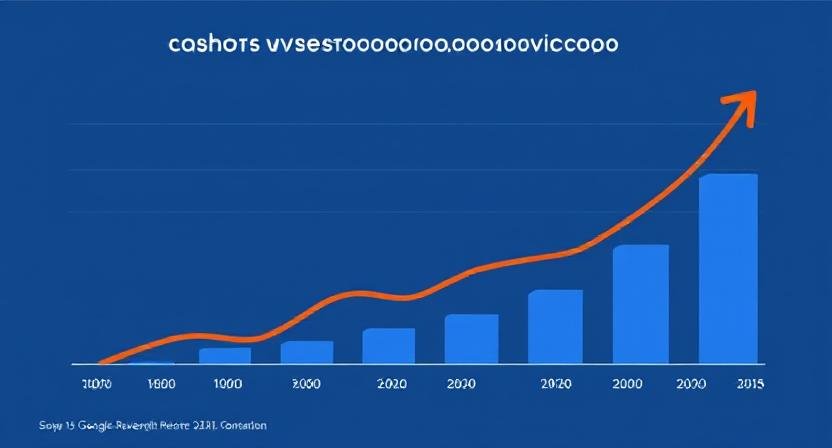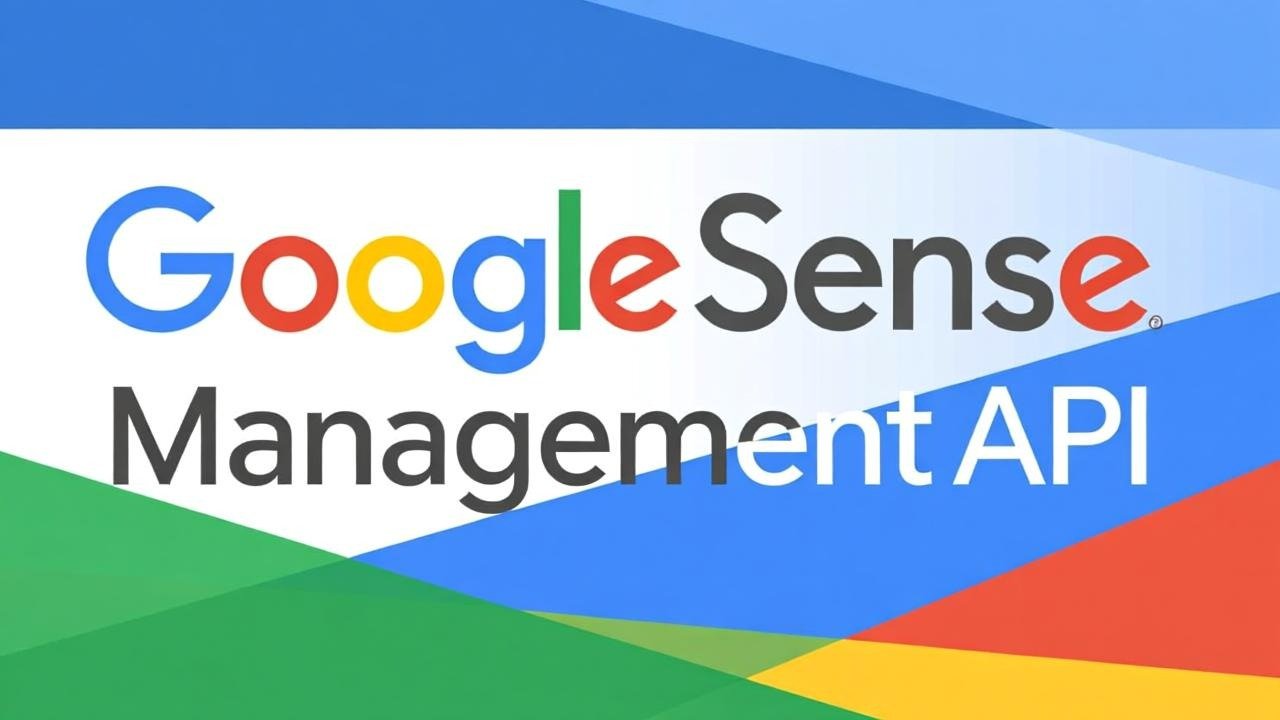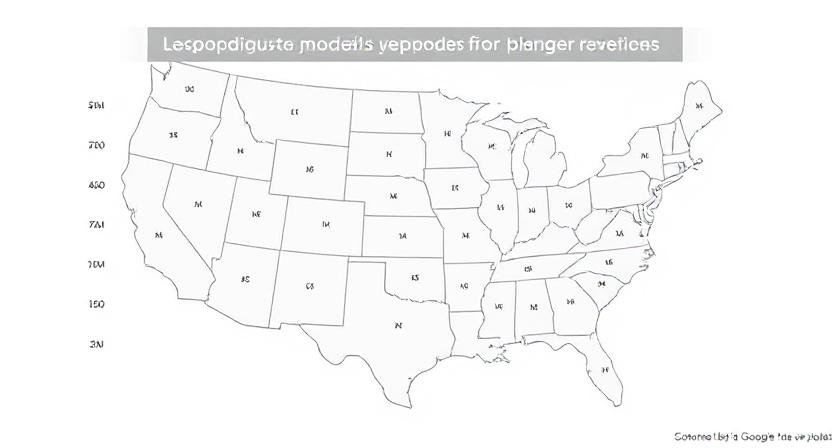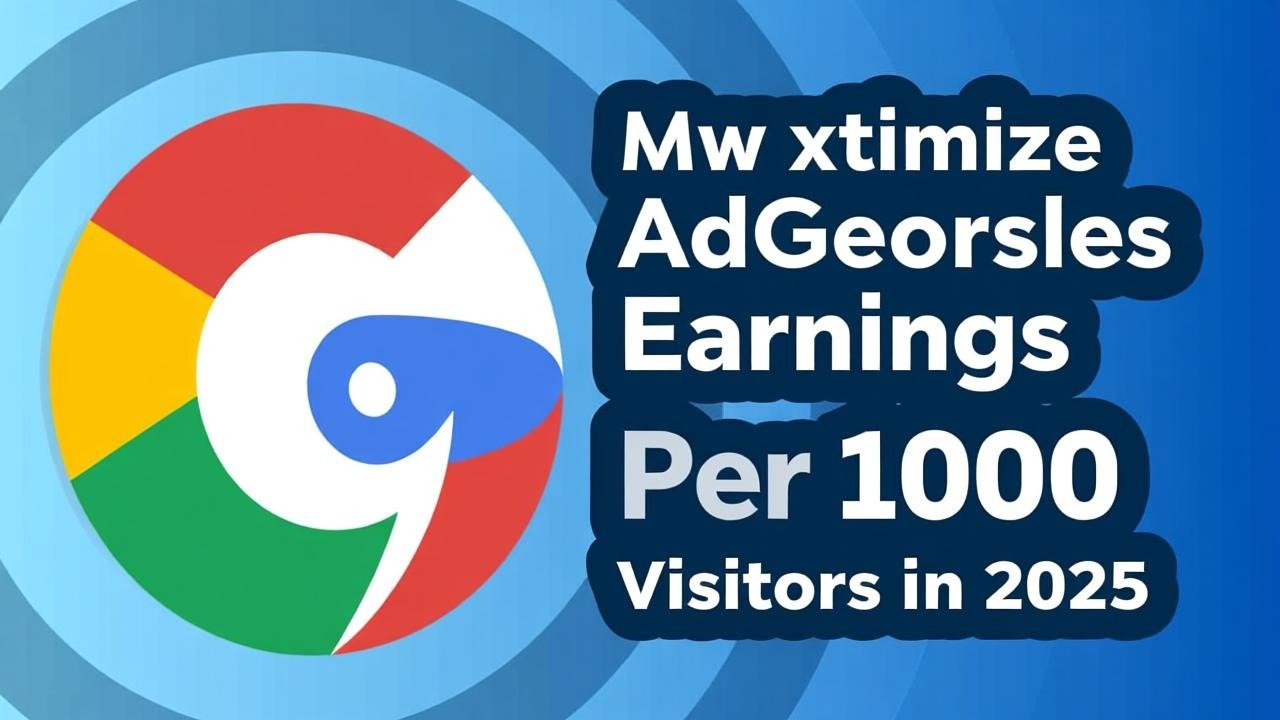Google AdSense remains one of the most popular platforms for website owners and content creators to monetize their digital properties by displaying relevant ads that generate revenue based on user interactions. A well-crafted Google AdSense campaign is essential for maximizing earnings, driving targeted traffic, and maintaining a healthy account status aligned with Google’s policies.
In 2025, creating and managing an effective Google AdSense campaign requires understanding new features, optimization strategies, and best practices to meet evolving algorithms and market demands. This comprehensive guide will walk you through the entire process—starting from setup to advanced campaign management techniques that drive stronger results.
What Is a Google AdSense Campaign?
A Google AdSense campaign refers broadly to the strategic configuration and deployment of ad units on your website or app to maximize revenue. It includes selecting appropriate ad formats, optimizing placement, targeting the right audience, and continual performance analysis.
Unlike paid advertising campaigns, AdSense works on the cost-per-click (CPC) or cost-per-thousand impressions (CPM) model, where publishers earn money when users click on ads or view them. Therefore, structuring your campaign to strike a balance between user experience and ad visibility is paramount.
Setting Up Your Google AdSense Campaign in 2025
Step 1: Create and Verify Your AdSense Account
Before launching a campaign, ensure your Google AdSense account is approved and active. Verification may include submitting identification documents and adding the AdSense code snippet to your website for Google to validate.
Step 2: Understand Your Audience and Content
Analyze your site’s audience demographics, interests, and behaviors using tools like Google Analytics. Align your campaign’s focus with content themes that attract high-paying ads, such as finance, health, or technology, optimizing for keywords that advertisers compete for fiercely.
Step 3: Choose the Right Ad Formats
Google AdSense offers multiple ad formats:
-
Display Ads: Banner or rectangular ads typically visible at the top, sides, or footer of pages.
-
Native Ads: Seamlessly blend into your content for less intrusive user experience.
-
In-Feed Ads: Appear within a content feed, ideal for blogs or news sites.
-
Matched Content: Promote your own content along with ads to increase user engagement.
Experimenting with different formats and tracking their performance is critical for campaign success.
Step 4: Optimize Ad Placement
Place your ad units in areas with high visibility and user interaction without compromising the user experience. Popular spots include above the fold, within content, or near navigation menus.
Be cautious not to overcrowd pages with ads, as it may reduce engagement and violate Google’s ad placement policies.
Step 5: Target Audience and Geo-Location
Use Google AdSense’s geo-targeting features to serve location-specific ads that tend to have higher engagement and payouts. Tailoring ads based on your website visitors’ countries or regions improves relevance and revenue.
Advanced Strategies for Google AdSense Campaign Management
Leverage A/B Testing
Constantly test different ad placements, formats, and sizes to determine which combinations yield the best CTR (click-through rate) and RPM (revenue per thousand impressions). The Google AdSense dashboard and Google Analytics offer detailed insights to guide these tests.
Optimize for Mobile Users
With increasing mobile traffic, ensure your ads are responsive and optimized for smaller screens. The Google AdSense app allows monitoring of mobile performance separately to gauge effectiveness.
Focus on Page Speed
Page loading speed directly affects user retention and ad visibility. Optimize images, implement caching, and use lightweight ad formats to minimize delays and enhance user experience.
Monitor Policy Compliance
Google’s policies evolve regularly and non-compliance can lead to account suspension or payment holds. Utilize the AdSense interface to stay updated on policy changes, especially around content restrictions, invalid clicks, and ad placement.
Use Custom Channels
Group related ad units into custom channels within your AdSense account to track performance by category or page type. This granularity supports focused optimization and advertiser targeting.
Seasonal Campaign Adjustments
Capitalize on holidays, sales seasons, and specific industry trends by temporarily adjusting your ad strategy. For example, e-commerce sites can increase ad density during Black Friday, while travel blogs might focus on summer vacation periods.
Tracking and Analyzing Campaign Performance
Regularly review your campaign’s KPIs via the Google AdSense dashboard:
-
Earnings Reports: Daily, weekly, and monthly revenue to identify trends.
-
CTR and CPC: Assess quality of ads and engagement effectiveness.
-
RPM: Measures revenue generated per thousand impressions—a key indicator of overall campaign health.
-
Traffic Sources: Understand which channels (organic, referral, paid) bring the most valuable visitors.
Leverage insights from these metrics to iterate and improve your campaign continually.
Common Pitfalls to Avoid
-
Overloading pages with ads causing poor user experience and penalization.
-
Ignoring policy updates leading to account warnings or suspension.
-
Targeting too broad an audience, reducing ad relevancy.
-
Neglecting mobile users who constitute a large portion of traffic.
Read More: The Comprehensive Guide to the Google AdSense App in 2025
Conclusion
Launching a successful Google AdSense campaign in 2025 is a blend of data-driven decisions, strategic ad placement, content alignment, and rigorous compliance. Using the platform’s diverse ad formats, geo-targeting capabilities, and mobile optimization features effectively can significantly enhance your monetization efforts.
By committing to regular performance analysis and best practices outlined in this guide, you can create an AdSense campaign that not only generates revenue but also delivers a positive user experience and sustainable growth.











1 thought on “How to Create and Manage a Successful Google AdSense Campaign in 2025”